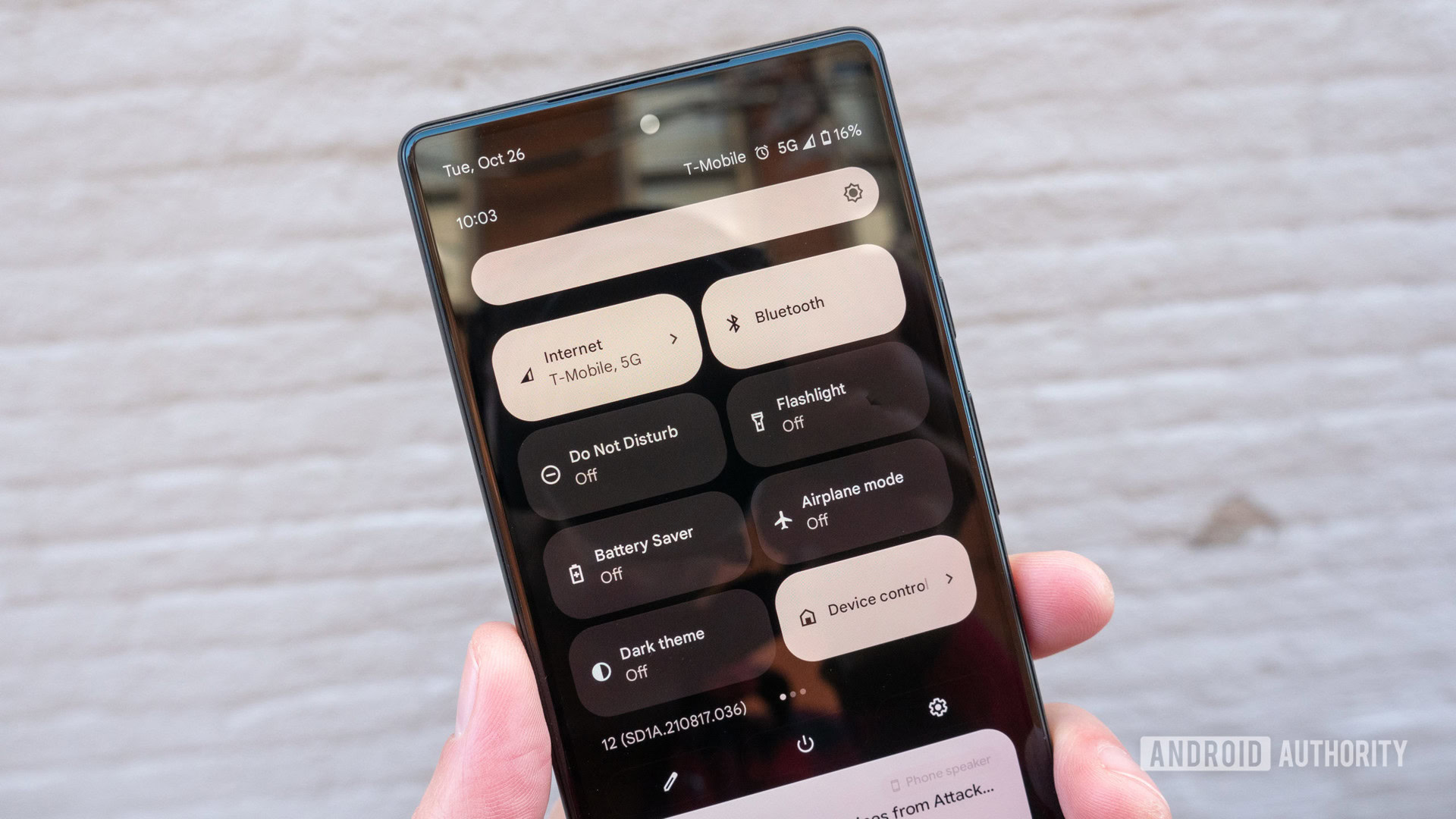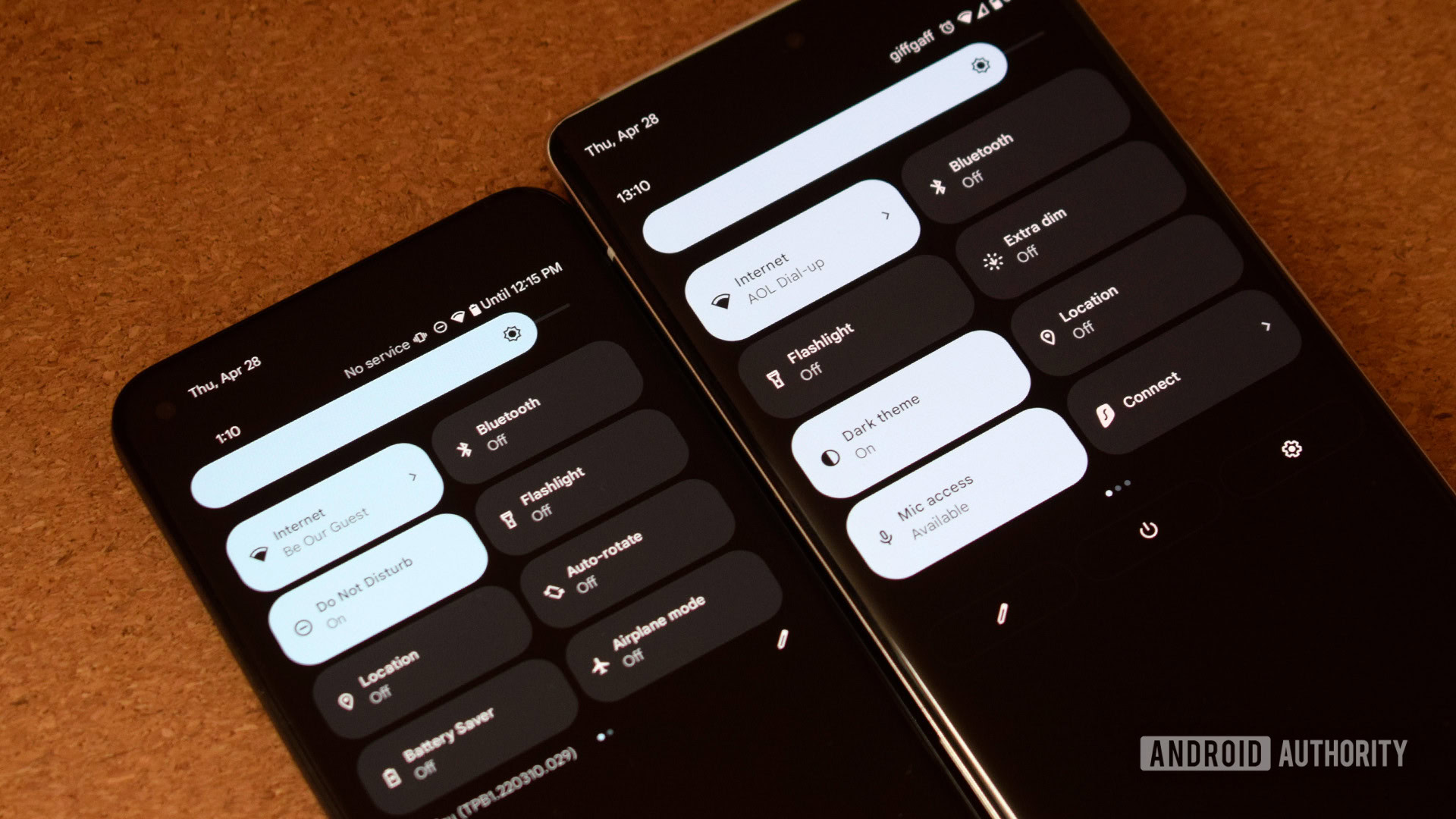Affiliate links on Android Authority may earn us a commission. Learn more.
How to use Do Not Disturb mode on Android
March 3, 2023
We’re constantly bombarded by notifications of texts, emails, social media accounts, and so much more. Did you know there is a setting on your phone you can turn on that limits or completely silences those pesky interruptions? It’s called Do Not Disturb mode, and here’s how to use it on your Android device.
QUICK ANSWER
Do Not Disturb mode can be turned on or off by going to Settings > Notifications > Do Not Disturb. Then, select Turn on now or Turn off now.
JUMP TO KEY SECTIONS
Editor’s note: These instructions were assembled using a Google Pixel 7 Pro running Android 12. Some steps might differ depending on your hardware and software. The mode will look slightly different on older versions of Android before 9.0 Pie.
What is Do Not Disturb mode?

Do Not Disturb mode is essentially a “silent” mode for your phone, but you can easily customize what “silent” means to you. In other words, you can choose which notifications are allowed, while muting everything else.
Do Not Disturb mode is excellent for when you don’t want to be distracted by notifications on your phone continuously. For example, you can use it while sleeping, so you are not woken up by unnecessary notifications. It’s also helpful if you’re going into an important meeting, taking an exam, or focusing on a big assignment for school or work.
How to use Do Not Disturb mode on Android

The easiest way to turn the mode on or off is from the notification quick toggles.
How to use Do Not Disturb mode from the quick settings
- Swipe down to pull up your notification area.
- Swipe down again to see more quick settings.
- Tap on the Do Not Disturb toggle.
- Tap on the Pencil icon if you don’t see the Do Not Disturb toggle.
- Find the Do Not Disturb toggle, tap and hold on to it, and drag it to the active tiles above.
- Now Do Not Disturb will show up on your active quick toggles.
If you prefer going the traditional route and changing options from the Settings app, you can also do that. This method also allows you to customize your experience with extra settings.
How to use Do Not Disturb mode from the Settings app
- Open the Settings app.
- Go into Notifications.
- Tap on Do Not Disturb.
- Hit Turn on now or Turn off now.
How to customize the mode

There are many neat ways you can incorporate Do Not Disturb mode into your everyday life. With all the functions listed below, you can customize exactly how you want this service to work for your Android device.
Schedule Do Not Disturb to turn on and off automatically
You can make specific schedules, and Google has created some popular ones for you to use immediately. For example, there is a “Sleeping” schedule, which will turn on Do Not Disturb mode during the night. This is one of the most popular uses for the schedule function, but it isn’t the only one, and you can even create your own.
- Open the Settings app.
- Go into Notifications.
- Tap on Do Not Disturb.
- Hit Schedules.
- You can either tap on a schedule to edit a listed schedule, or tap Add more to create your own.
- Choose your schedule type.
- Type a name and select Add.
- Customize your schedule.
- Make sure the Use schedule toggle is turned on.
Set a specific duration for Do Not Disturb mode
While schedules prove useful in Do Not Disturb mode, so does duration. If you’re going into a one-time meeting, you’re probably not going to make a schedule for it. It’s helpful to utilize the Duration function within the settings for such situations. Remember that this feature only works when using Do Not Disturb from the quick toggles.
- Open the Settings app.
- Go into Notifications.
- Tap on Do Not Disturb.
- Select Duration for Quick Settings.
- Make your selection and hit OK.
Choose which notifications you want to hide or show
Here, you can choose which notifications, if any, you want to see while your phone is in this mode. Of course, you won’t be able to mute critical notifications regarding your phone’s system. But there are still many ways to customize how notifications show up while you’re in Do Not Disturb mode.
- Open the Settings app.
- Go into Notifications.
- Tap on Do Not Disturb.
- Go into People to choose which Calls and Messages you want to go through.
- Go back to the Do Not Disturb menu and select Apps to choose which applications you want to go through.
- Head back to the Do Not Disturb menu and into Alarms & other interruptions to choose extra interruptions you want to go through.
Decide whether to hide notifications or not
Do Not Disturb is all about stopping interruptions, so its primary function is to mute notifications. You might still want to see these notifications on your screen, though.
- Open the Settings app.
- Go into Notifications.
- Tap on Do Not Disturb.
- Hit Display options for hidden notifications.
- Select No sound from notifications if you still want to see notifications.
- Select No visuals or sound from notifications to see or hear nothing.
- Tap on Custom to create your own experience.
FAQs
All your notifications will be muted and hidden. You can make exceptions and edits, but this will require going into the options.
Yes! There’s a toggle available. It’s usually one of the main ones, but you can add it to your active quick settings if it isn’t by default.
Yes. You can customize Do Not Disturb schedules by calendar events, times, and while driving.
Yes. You can customize Do Not Disturb to let certain notifications through. This includes people, applications, alarms, etc.
Thank you for being part of our community. Read our Comment Policy before posting.